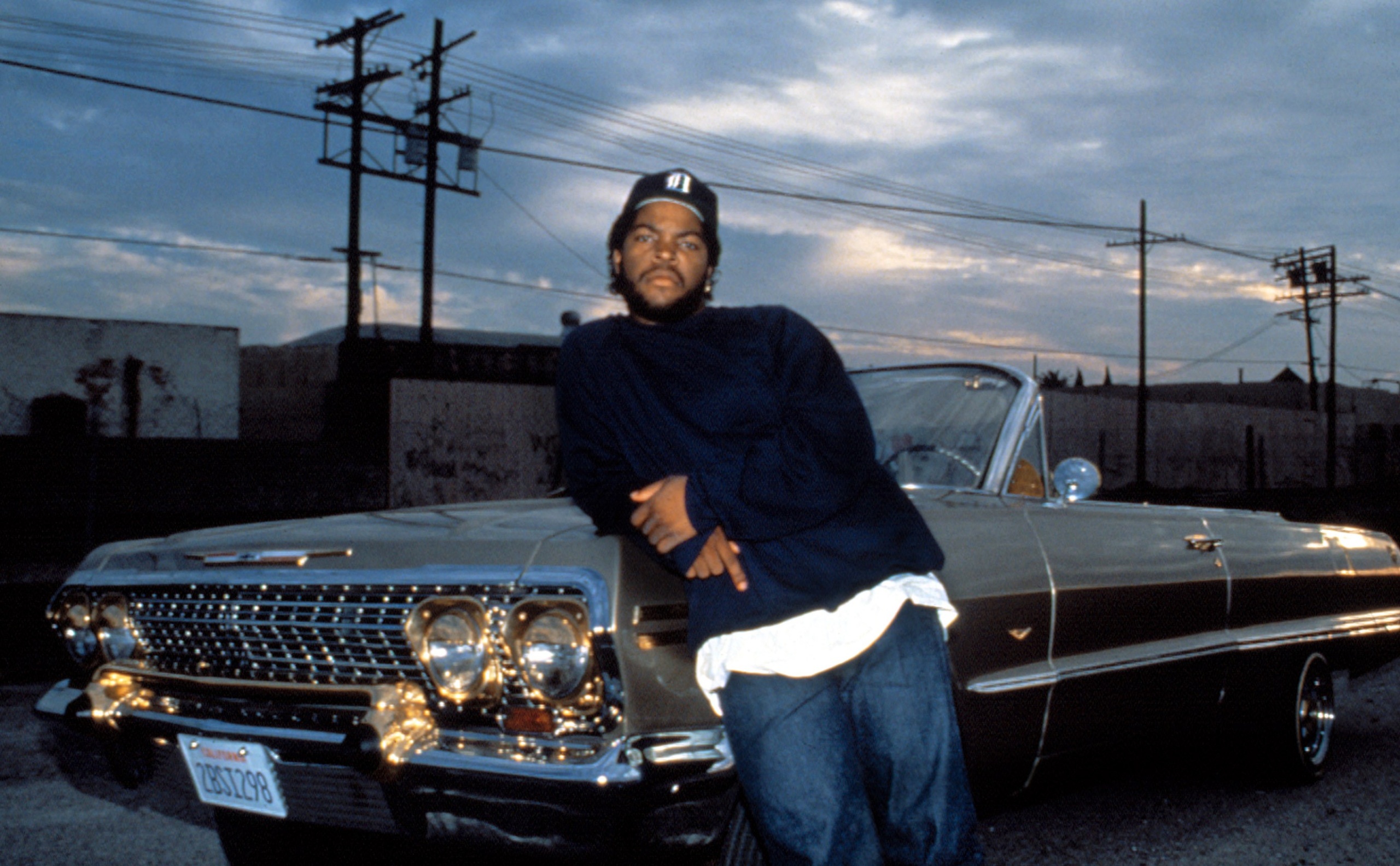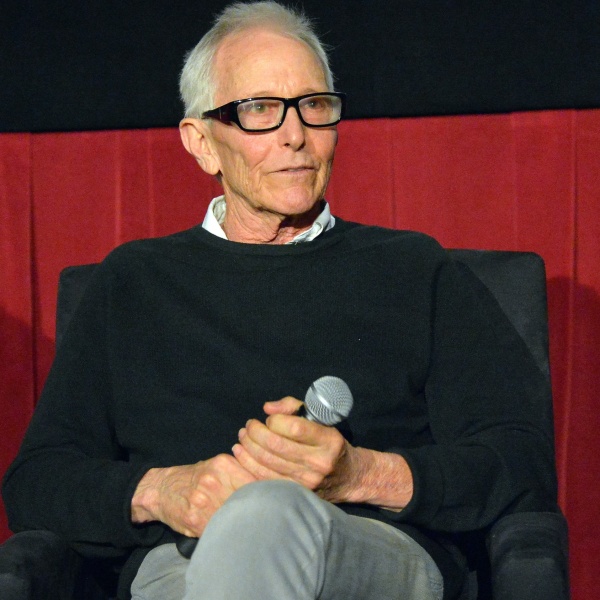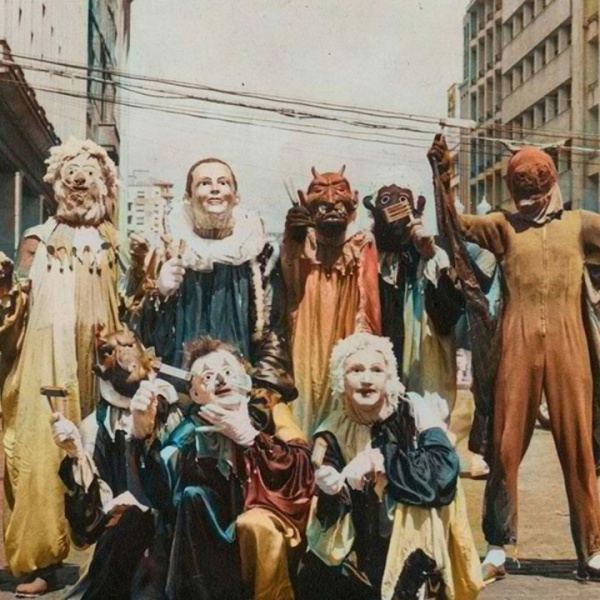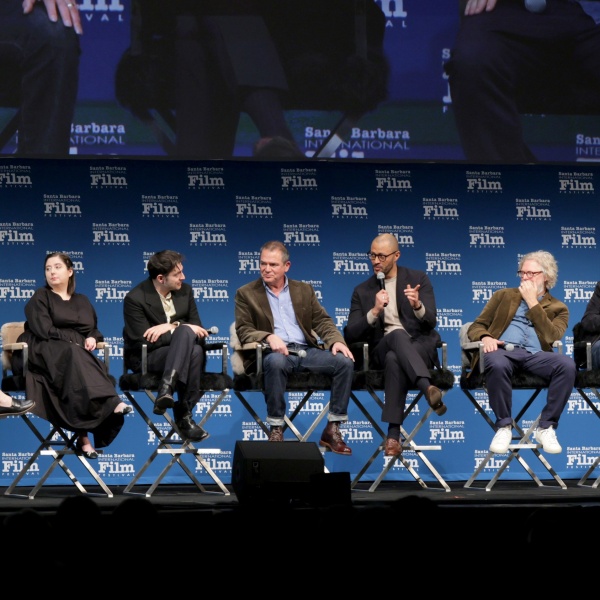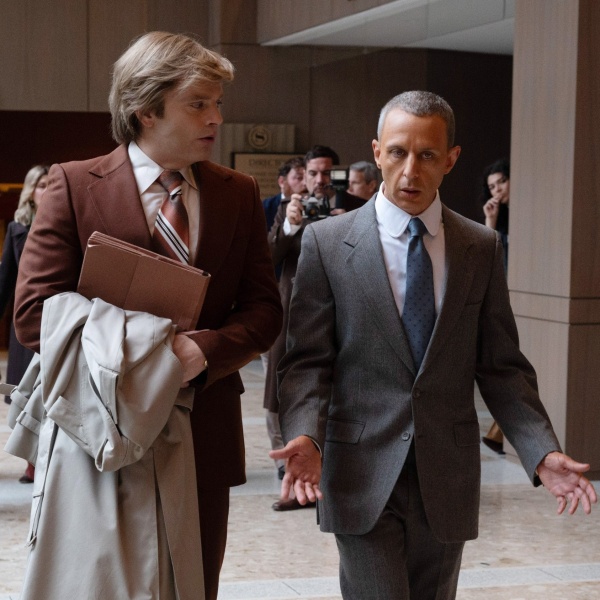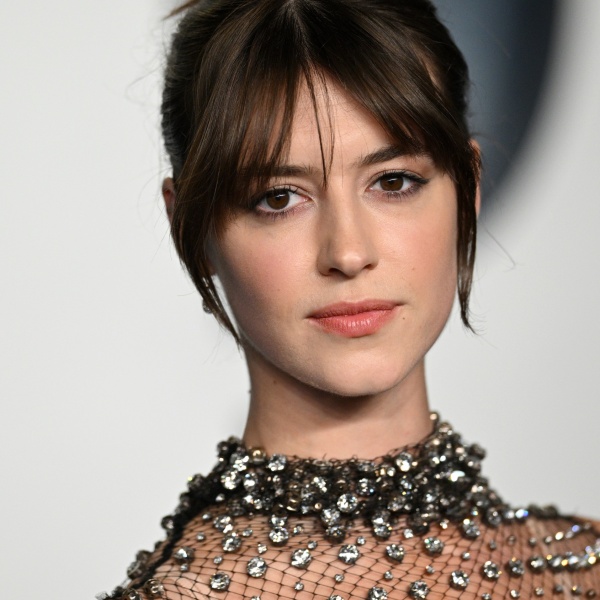In Episode 3 of Justin Simien’s film history docuseries “Hollywood Black,” the director looked back at the 1990s. It’s a decade in which Hollywood’s eyes were opened to the financial possibilities of Black creatives telling Black stories by the incredible box office and critical success of John Singleton’s “Boyz n the Hood” (1991). The film created such a cultural moment it would serve as a turning point, giving birth to a whole slate of movies, like “Juice” and “Menace II Society,” that told dramatic coming-of-age stories of young Black men wrestling with violence in American inner cities.
While the Black creators and historians Simien interviewed for the docuseries pay tribute to the artistic achievement of these individual films, “Hollywood Black” also explores how, collectively, this explosion of Black mainstream films was a double-edged sword for filmmakers. It’s a topic Simien discussed in further detail when he was a guest on an upcoming episode of IndieWire’s Filmmaker Toolkit podcast.
“It is double-edged because there is an aspect of Blackness that is being celebrated, but then it becomes appropriated, and then it becomes a trap,” said Simien. “Then it becomes the new status quo that we’re all trying to break through.”
For Simien, there are direct parallels between the sub-genre that “Boyz in the Hood” gave birth to in the ’90s and the Blaxploitation films in the ’70s. The time when pioneer directors like Gordon Parks (“Shaft”) and Melvin Van Peebles (“Sweet Sweetback’s Baadasssss Song”) opened the door with a new and exciting approach to filmmaking, but gave birth to a film movement that in Simien’s view became “overdone and trope-y.”
“It’s also [the] story of hip-hop. So many of those artists, Tupac Shakur, you see them as young people before they get their record deal and they are sensitive,” said Simien. “Young men who happen to have some experience in the hood [and] then it becomes the hardened identity that they can’t escape. Popular culture does that to Black people. It does that to everybody, of course, but I think you can really see it in us.”
As explored in “Hollywood Black,” a key difference between the mainstream explosion of hip-hop and so-called Hood films in the ‘90s is that the popularity of hip-hop was not confined to gangster rap. Several popular ‘90s rappers were part of an Afro-centric movement featuring politically conscious artists and weren’t restricted by hardened masculinity and gang-life lyrics. That was not the case with other mainstream pop-hit Black films of the decade.

“Other kinds of Black work, such as ‘Sidewalk Stories,’ such as ‘Daughters of the Dust,’ that maybe don’t hit that same pop culture idea of what Black is, those things get kind of overlooked,” said Simien. “It becomes a bit of a new form of oppression, ‘Now I have to be like that in order to be Black enough in order to be seen.’”
Simien, a gay Black man, struggled to see himself and his sensibility on-screen coming of age in the ‘90s. Part of his motivation for wanting to make “Hollywood Black” was his recent discovery of Charles Lane’s “Sidewalk Stories,” a film that flips the script of urban violence tropes with a tender story about the bond between a homeless man and a young girl he’s compelled to take care of when her father is murdered. Lane’s black-and-white film, which is mostly silent, premiered at Cannes and was instantly recognized for its artistic merit, but was culturally erased. So much so that a cinephile like Simien didn’t even know of its existence.
“It wasn’t that people didn’t recognize it, they knew it was brilliant. There are clips of Spike Lee at Cannes talking about how incredible that movie is, so people knew about it,” said Simien. “It’s not loud Black people. It’s not hip-hop. It’s literally a silent film. It’s a little tender. It’s all of these things that was not associated and was not in vogue for Blackness at that time. And it just didn’t get the pop.”

Lane is a director who slipped through the cracks of film history, and struggled to take the next step after achieving critical success. It’s one of many career stories from the era that points to the other aspect of Simien seeing the ‘90s as a double-edged sword: Despite an increase in Black films, Black filmmaking careers often didn’t take root.
“‘Sidewalk Stories’ really pissed me off when I saw it because it is so good, and it is brilliant in ways that I just didn’t expect or anticipate, and in ways that we awarded another film for being, which is ‘The Artist,’” said Simien of the 2012 silent, black-and-white film that would receive 10 Oscar nominations, winning five, including Best Picture and director. “It’s tough to compare films in an artistic sense, but for me, it made it so clear [when I saw ‘Sidewalk Stories]: We just are playing with different resource levels. We are playing in different arenas, and great artistic achievement for Black artists just doesn’t translate to the same kind of market relevance as it does for white artists.”
While the 1990s saw Black cinema go mainstream, with Hollywood investing and backing far more filmmakers of color than they do today, in some ways, Simien sees the last two decades, in which he and his peers, like Gina Prince-Bythewood, Jordan Peele, Ava DuVernay, Ryan Coogler, and Barry Jenkins became directors, as a more liberating time. Episode 4, which premieres on September 1, looks at the 2000s, and poses the question, “What stories do we tell now that we have the choice?” While on the podcast, Simien admits that framing for the last episode of “Hollywood Black” is a bit optimistic, intentionally so, but he does believe he and his contemporaries do have more freedom to tell a wider range of stories than the generation of Black directors that came right before them.

“I will admit it often does not feel like a choice, but we do have a little bit more room to move, just in terms of the narratives that we tell,” said Simien. “Maybe a big studio isn’t going to make your movie, and maybe an independent financer isn’t going to make your movie, but you can still get the word out there. ‘Dear White People’ [Simien’s 2014 breakout feature debut] before I made it as a movie, it was a Twitter account, it was a YouTube page, I had a fake trailer on YouTube that got me on CNN. There are ways to just bypass the gatekeepers that just were not there before.”
The fourth and final episode of “Hollywood Black” premieres on MGM+ on September 1.
Look for IndieWire’s Toolkit episode with Justin Simien on Spotify, Apple, and other major podcast platforms on August 29, 2024.
